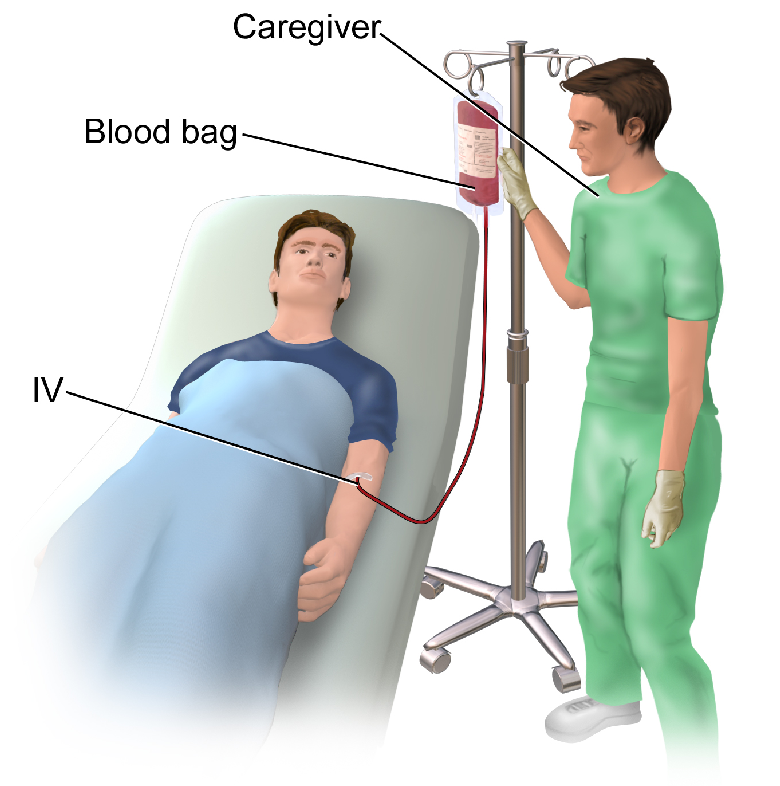172.WHAT IS PLASMA?
The average person has a little over six litres of blood in his body. This blood is composed of a fluid in which various types of cells are suspended. The fluid is called plasma.
Of the total volume of the blood, about 55 per cent is made up of this plasma. It is a clear, slightly yellowish fluid. After you eat, small globules of fat become suspended in it and give it a milky appearance. This is why you are told not to eat before a blood sample is taken.
The plasma in your body is like a river which transports the articles vital to life. It transports the digested food materials from the walls of the small intestine to the body tissues. It also carries the waste materials from the tissues to the kidneys.
But that’s only part of the job of the plasma. It carries the antibodies which give you immunity to disease, and the hormones which regulate various body activities. In addition, it transports most of the waste carbon dioxide from the tissues back to the lungs. So you see that the plasma actually contains several hundred different substances.
Aside from these substances, plasma is made up of about 91 per cent water, 7 per cent protein material, and 9/10 per cent mineral salts. The salts and proteins are very important in keeping the proper balance between the water in the tissues and in the blood. The mineral salts in the plasma also perform other vital functions in the body. The plasma obtains them from the food we eat.



Leave a Reply